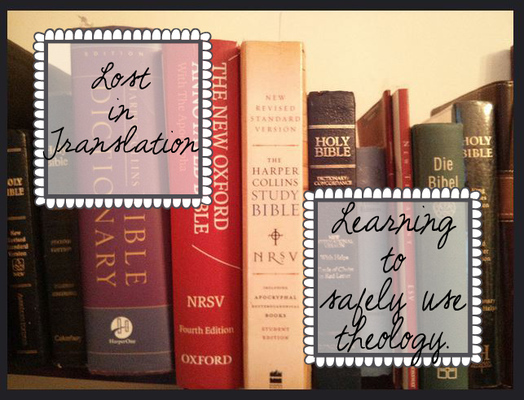|
What color were Dorothy Gale's magical shoes? The answer all depends on the source. If you are trying to get to the original text the answer is silver. If you are going for more of a collective knowledge the answer is ruby. That was a softball question. Here is a hard hitter: Are there horses in the land of Oz? The novice would say yes. There was the "horse of a different color" in the MGM movie. The intermediate would say no. In Dorothy and the Wizard of Oz, a horse finds its way to Oz with Dorothy. Everyone is shocked because they have never seen a horse before. An expert would say maybe. While both of the above are technically true, there are other things going on. Like there is a saw horse Tip/Ozma create in The Marvelous Land of Oz. Why is "horse" a known word at all in the land of Oz? Also, before the real horse ever shows up, Ozma describes the creature as walking as well as any real horse. Once again, if horses do not exist in Oz, how does Ozma correctly reference one? When people learn CPR they start on dummies. When theologians talk about biblical interpretation they, for some reason, go right into the biblical text. Why? I think it's because most theologians forget the pastoral side of their educational call. Not only do you need to give these future minister the tools for Biblical interpretation, but you need to give them certification for teaching it in a pastoral setting. I believe, this should require finding a secondary text to use the tools on first. A text that is safe, and can be pulled apart without fear of faith getting crushed in the process. The Wonderful Wizard of Oz. (Or be awesome about explaining these touchy subjects in a caring way, like Dr. David L. Petersen, a Presbyterian minister. We all can't be Petersen.) With Wizard of Oz we have the collective story being drastically different from the original. Even when people write about it today, most can't help but slip in the MGM variant. Sticking with the original canon is also problematic as there were 14 books written by Baum and multiple written by other authors. It is the perfect set of stories to practice critical thinking. One of the tools theologians use to understand the Hebrew bible is called Documentary Hypothesis. Basically, there is reason to believe the Torah was multiple individual sources, brought together to create one central story. There are a few reasons to believe this.
Think of it this way: Imagine all the Oz canon was to disappear, along with the MGM movie. You are left with "Return to Oz," "The Wiz," "Oz: The Great and Powerful," and "Syfy's: Tin Man." Then it was your job to try to figure out what sources were used. Where did the different aspects of the story come from? This is difficult enough having the sources at our disposal. Imagine the immense difficultly when they no longer exist. This is what we are dealing with when it comes to understanding the voices in Biblical text. The original story was oral tradition. When the story was finally written down the oral tradition was lost. Think of what written text cannot do: We come across it all the time on Reddit. Inflection, at the very least, has been lost. The feelings of the characters were left with the verbal tradition. That is our original source, and that source is gone. (Well, the original source was the actual event, so really we are two steps removed already from the story.) Next week I'm going to wrap this series up by returning again to Genesis 1-2. I'm going to show you behind the curtain, so to speak. I'll give you the different tools I use in writing these meditations and sermons. Most importantly, I'm going to give some suggestions when talking about these texts with others.
|
Categories
All
Archives
October 2023
|




 RSS Feed
RSS Feed